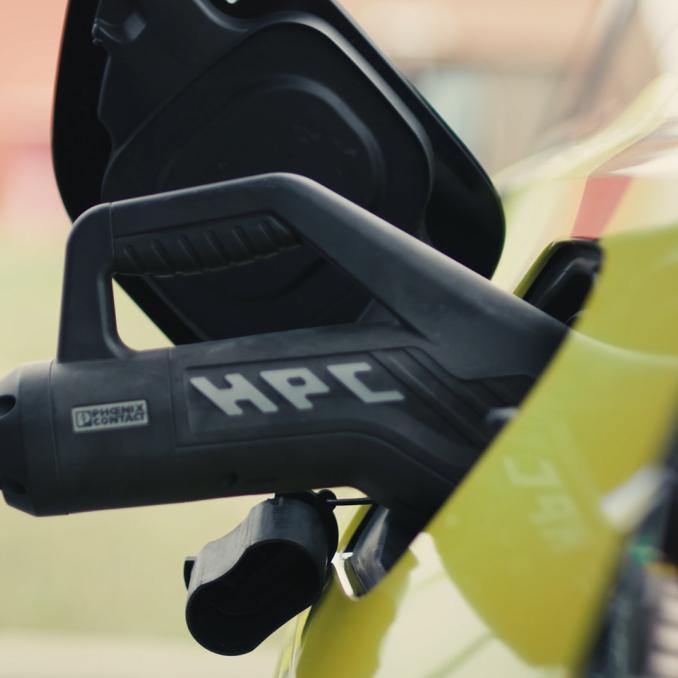What is Plug & Charge?
Plug & Charge is an additional feature that significantly simplifies the authentication process when charging e-vehicles. At all charging stations where Plug & Charge is activated, an RFID card or app is no longer required to start a charging session.
Instead, vehicles exchange certificates with the charging station directly when the charging cable is plugged in and only in compliance with strict security precautions. The charging station forwards all identification-relevant information to the backend of the charging infrastructure.


